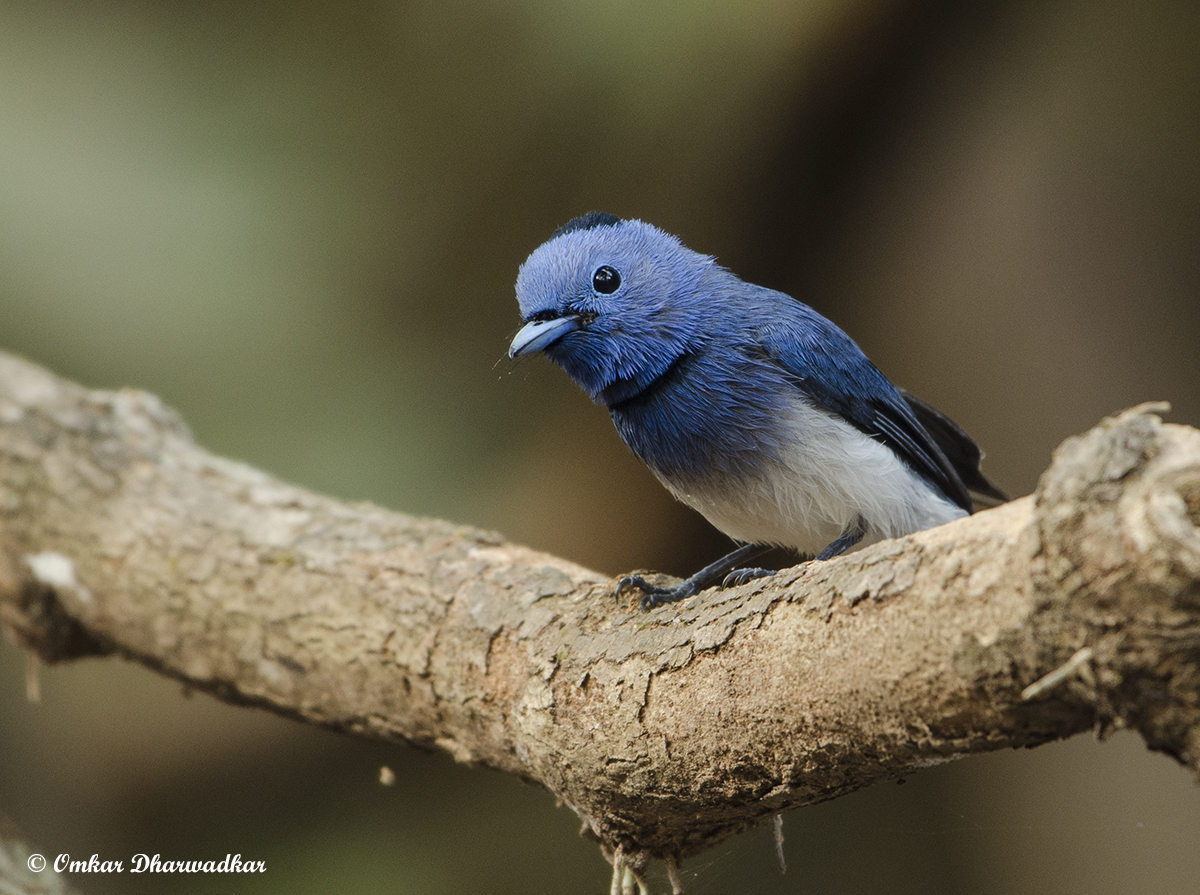Mollem Campaign Tool Kit
First published on
July 27, 2020
Updated on May 4, 2021
Mollem National Park and Bhagwan Mahaveer Wildlife Sanctuary, are part of the multiple forests around the country that are in danger because of large destructive projects that were granted virtual clearances in the middle of a global pandemic.
For the state and people of Goa, the double tracking of the railway line from Castlerock to Vasco, the four laning of the NH4A through 13 km. of the forest and the laying of 3.15 km.of a 400KV transmission line would mean unparalleled devastation, for Goa’s largest protected area. The three projects - four laning NH4A, doubling the railway line and the Goa-Tamnar Power transmission project - would lead to the cutting of 59,000 trees. These forests are part of the Western Ghats which are 150 million years old making them older than the Himalayas! They are one of the 36 biodiversity hotspots in the world.
Mollem National Park and Bhagwan Mahavir Wildlife Sanctuary supply water to the state’s primary source of potable water, the river Mandovi. The region is home to hundreds of wildlife species, many endemic, and some endangered. It has more than 721 plant species, 235 bird species, 219 butterfly species, 80 odonate species, 70 mammal species, 75 ant species, 45 reptile species, 44 fish species, 43 fungi species, 27 amphibian species, 24 orchid species, and 18 lichen species. Endangered species such as the tiger Panthera tigris, dhole Cuon alpinus, mouse deer Moschiola indica, gaur Bos gaurus, and Indian Pangolin Manis crassicaudata also reside here. This is also an important tiger corridor between Goa and the adjoining Kali Tiger Reserve in Karnataka. Further, The Intergovernmental Panel on Climate Change (IPCC) Report 2019 shows that the Western Ghats is one of the most resilient ecosystems that will buffer us from climate change.

A Black-Naped Monarch at Mollem. Photo: Omkar Dharwadkar.
These forest clearances given will also affect the lives of Goan citizens in multiple ways. Tourism is one of the main contributors to the state’s income. For this reason, 160+ scientists, 150+ small business owners, 150+ tourism stakeholders and the Travel and Tourism Association of Goa sent in formal representations to the National Board for Wildlife (NBWL) and the Goa government. Over 70 artists have created and shared art and films across media. People have written in local and national publications, magazines, blogs and even spoken on the radio. The campaign gained the support of the former Environment Minister of India. Over 70,000 passionate individuals (and counting) have put their signatures on the change.org campaign and over 7,000 people have sent in support emails to the National Board for Wildlife through Let India Breathe.
We are now in Stage 2 of the campaign. These voices were strong enough to get the Central Empowered Committee of the Supreme Court to issue a notice to the Goa Government and the Wildlife boards and they have until August 2, 2020, to respond. Most recently on July 17, 2020, the High Court is seeking a response from the Goa government through a Public Interest Litigation (PIL) that has been filed. At this point, it is even more important for readers to learn, volunteer and be part of these collective efforts. We can all be the voices of the forests and the people of Goa.
To Sign:
At this link, you will find a petition that you can sign. You will also find drafts of letters you can send or ways you can contribute your art. Take action now.
Active citizenry and public support is going to be a vital aspect of the larger campaign and litigation measures.
To Follow:
To Watch:
In the Media:
- December 3, 2019: Proposed felling of 80,000 trees in forest areas stokes heat
- June 5, 2020: Concerns raised over environmental clearances to two Goa forest projects
- June 5, 2020: #IfTreesCouldTalk: 3 Projects Inside One Of Goa's Wildlife Sanctuaries—Here's Why That's A Problem
- June 5, 2020: Scientists and citizens oppose forest diversion in Goa
- June 6, 2020: Goa: Environmental Clearances to Projects in Forest Lands Raise Concerns Among Activists
- June 6, 2020: Scientists, conservationists urge Javadekar to reconsider forest felling for highway, railway expansion
- June 12, 2020:Environment ministry unlocked many protected areas during the lockdown
- June 27, 2020: Goa Sanctuary in Danger After Two Wildlife Boards Skip Science for ‘Development’
- June 24, 2020: Hurried nod to Western Ghat projects: 16 lakh Goans' water security 'jeopardised'
- June 25, 2020: Goa tourism body writes to Centre against felling of trees
- June 26, 2020: Green Activists Demand Withdrawal Of Proposed EIA Notification 2020; Says 'It Encourages Violations To Continue Undeterred'
- July 3, 2020: Railway line to road, Centre clears 3 projects
- July 12, 2020: The Mollem mess
- July 14, 2020: Art Attack
- July 15, 2020: Mollem - A Bulbul's Call to Save Her Home and Save Goa
- July 18, 2020: Goa: HC seeks replies on PIL on Mollem project approvals
- July 19, 2020: Rooting for a cause
- July 24, 2020: Mollem: Lawyers Highlight Illegalities, Contradictions in Clearances to Infra Projects
- November 29, 2020: Mollem: The battle to save a biodiversity hotspot in India's Goa
- January 20, 2021: Youth welcome the Central Empowered Committee to Goa
- January 30, 2021: Goa govt appears to soften stand on Tamnar power project
- January 30, 2021: CM holds ground on linear projects, says govt to accept SC decision based on CEC report
- April 28, 2021: Scrap road, rail, power projects critiqued by SC panel: Opp to Goa CM
Reports:
Attachments below.
- Timeline of the Mollem Movement
- Citizen Toolkit on the transmission line. (English and Marathi)
Additional resources will be added to this page as and when they become available.


